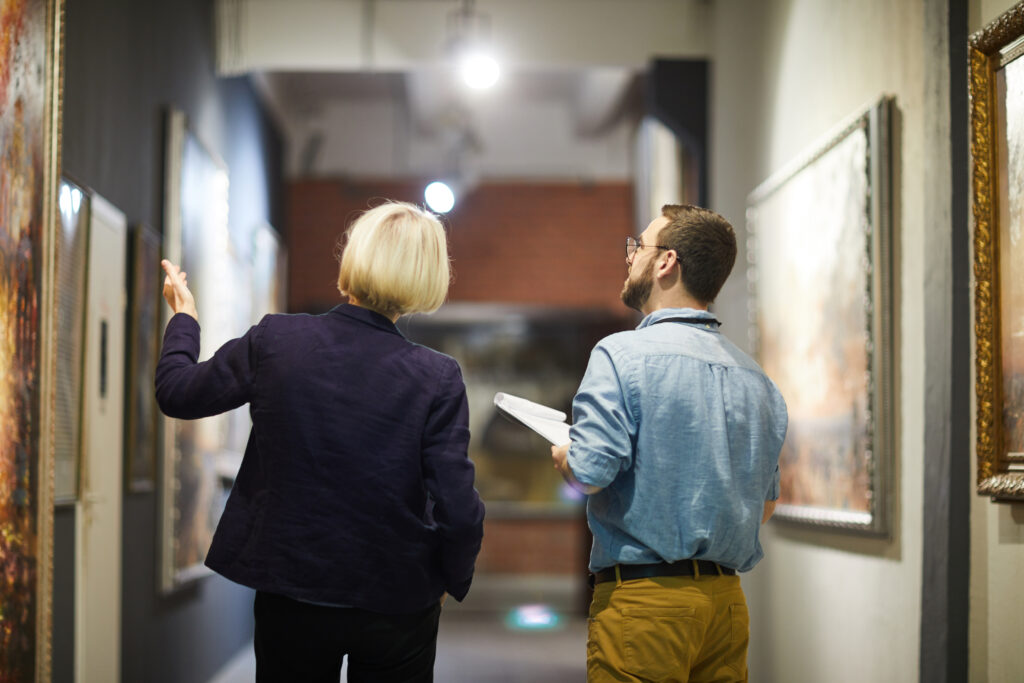
Heidi Schave Discusses How to Get a Position in a Museum
Hollywood movies such as The Mummy and Indiana Jones have glorified museum positions and increased the number of youth interested in one day working in a museum. While these movie depictions are often incorrect and dramatized, museum careers remain a highly rewarding, creative, and intellectually stimulating field of employment. For over ten years, Heidi Schave has worked in California museums as a museum educator and frequently is asked by students how to one day work at a museum. Below, Heidi Schave will discuss the steps required in order to work in a museum and the educational criteria for a variety of different museum positions.
There are a number of different positions in museums, and before starting one’s higher education, Heidi Schave recommends knowing what museum position a person would like to pursue. The Museums Association Salary Guidelines of 2017 categorized museum roles into a total of seven areas:
Museum attendants/ front of house employees
Museum technicians and building management
Fundraising and marketing staff
Learning, programming, and outreach team
Conservators
Curators and museum collections management
Directors/ museum managers
In order to obtain certain positions within a museum, such as a conservator, curator, museum educator, or museum manager/ director, candidates will need to complete at minimum a bachelor’s program and more likely, a master’s degree program. For those hoping to work as a curator, a highly specialized position, Heidi Schave recommends obtaining a master’s degree in art history, history, archaeology, or museum studies and entering a museum internship program in order to improve their resume and subsequent job search. Other positions, such as art conservator, will require not only an artistic background but knowledge of chemistry and the completion of an art conservation program.
Oftentimes, museums will receive applicants for an open position and score the resumes based on their qualifications. This system is known as museum shortlisting and must be understood in order to increase the likelihood of museum employment. Museums will often receive hundreds of applications for open positions will all candidates meeting the essential educational criteria. To improve their chances of being added to the museum’s shortlist, candidates are encouraged to list the selection criteria on their application and address each item using one or two examples. It is essential that candidates keep their applications concise and to the point and remove any unnecessary sentences to improve chances of moving to a
